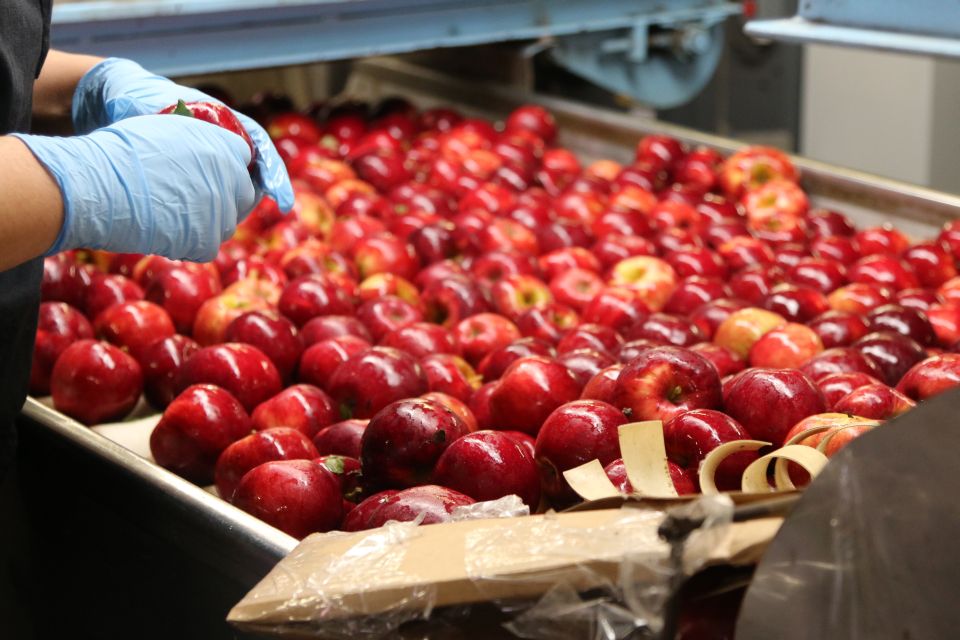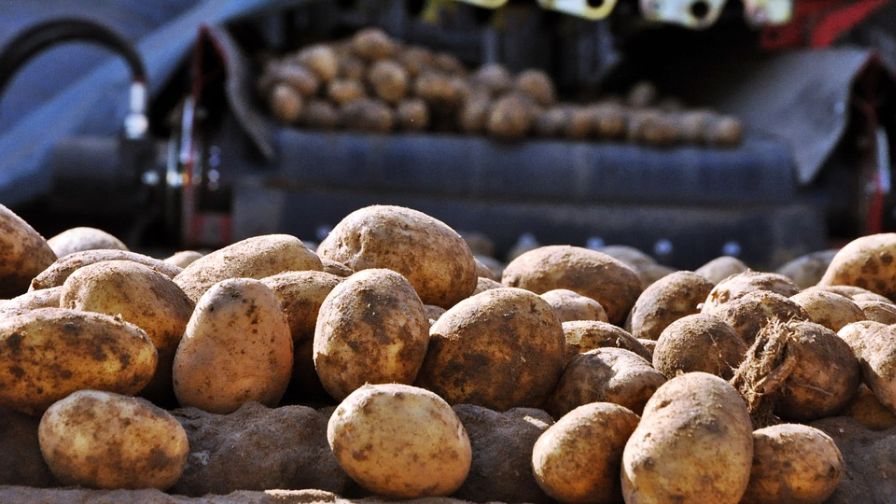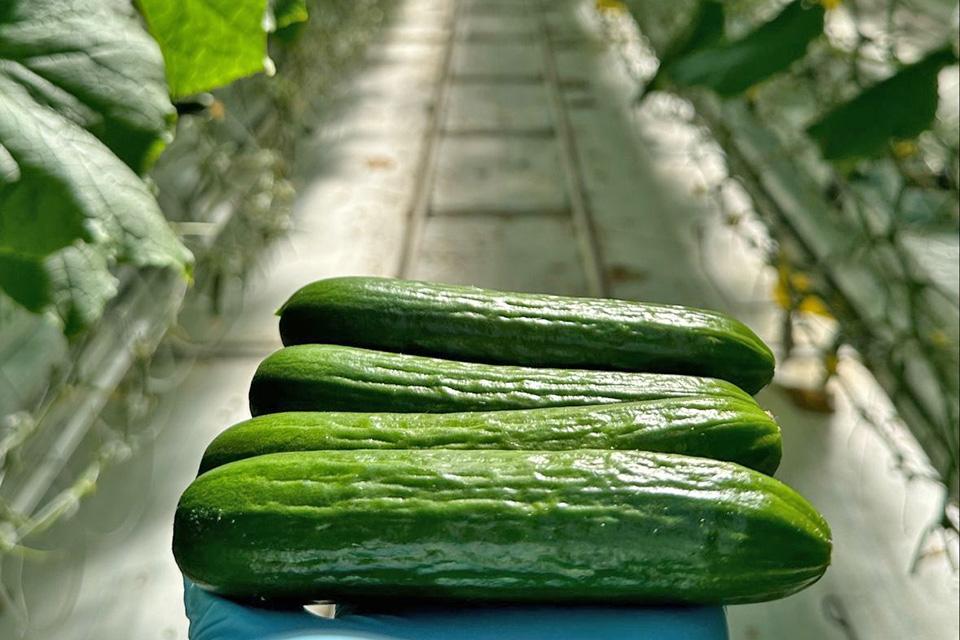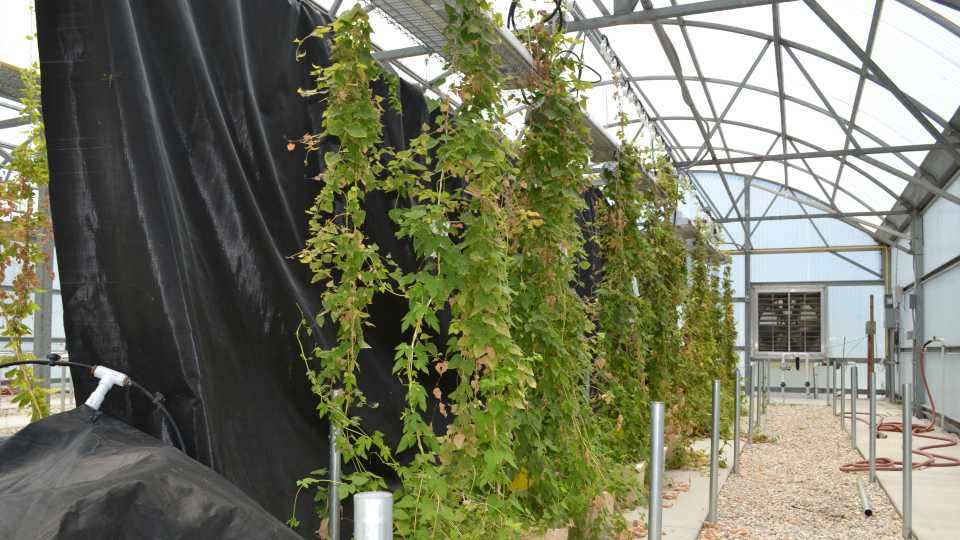For Florida Growers, Opportunity Is Closer Than You Think

The Strolling of the Heifers organization publishes an annual ranking of states that strives to measure the commitment to raising and eating locally grown food. They rank the states using a measure they call the Locavore Index, which calculates the per-capita presence of community supported agricultural enterprises (CSAs) and farmers’ markets. A CSA is a cooperative arrangement between a grower and consumers where consumers buy seasonal shares of what the farmer grows. The Locavore Index is calculated by dividing the number of CSA and farmers’ market outlets in each state as reported by USDA by the population of the state. Using that index, Florida ranks last in the U.S. with 1.83 outlets per 100,000 residents in the state.
Another state that fares poorly in this index is California with 4.55 outlets per 100,000 residents, ranking it 41st in the country. The two largest fresh produce states in the country rank at or near the bottom of this measure. Why? First, California and Florida are two of the largest states in the country from the perspective of population. Vermont and Iowa rank highest with 42.3 and 24.1 outlets per 100,000 residents, but California leads the nation in total outlets at 1,682 compared to 164 in Vermont (Florida has 143). You could argue these rankings are not a best measure of commitment to local food because the disparity in population density skews the rankings.
Fresh From Florida
I am not going to argue the appropriateness of the rankings (isn’t it interesting though that Vermont is the home state for the Strolling of the Heifers). It does, however, suggest that there may be more opportunities for our growers to tap into this local foods concept. Florida has a large population base on which to develop a local market and a long growing season, which should make it more convenient for promoting these outlets. While there will always be an important role for our producers in serving the national market, promoting local foods does appear to be an underexplored area in our region.
Why would consumers be interested in local foods? Reasons provided by Strolling of the Heifers include: local food travels shorter distances making it greener for our environment; local food is viewed as fresher and therefore is “more healthy and incurs less spoilage;” local food promotes diversification in local agriculture; local food creates more local jobs in agriculture and in the distribution systems they create; and local foods create more vibrant local communities.
Dollars And Sense
Farmers and ranchers only received about 14.1¢ out of each dollar consumers spent on food in 2010. Fruit and vegetable growers earn similar shares with USDA estimating that fresh vegetable growers earned just 19¢ of the retail dollar in 2004. That leaves 81¢ on each retail dollar absorbed away from the farm. A large part of that margin goes to packaging and transportation. Local food markets may allow farmers to eliminate many of those expenses.
The local food market is gaining strength across the nation but can in no way eliminate the need for national food networks. Local food markets open a different opportunity for some growers and should be explored if you have the time and talent to market your own product. There are opportunities to capitalize on the green movement to promote your local products. It does represent another potential avenue to enrich your operation.










